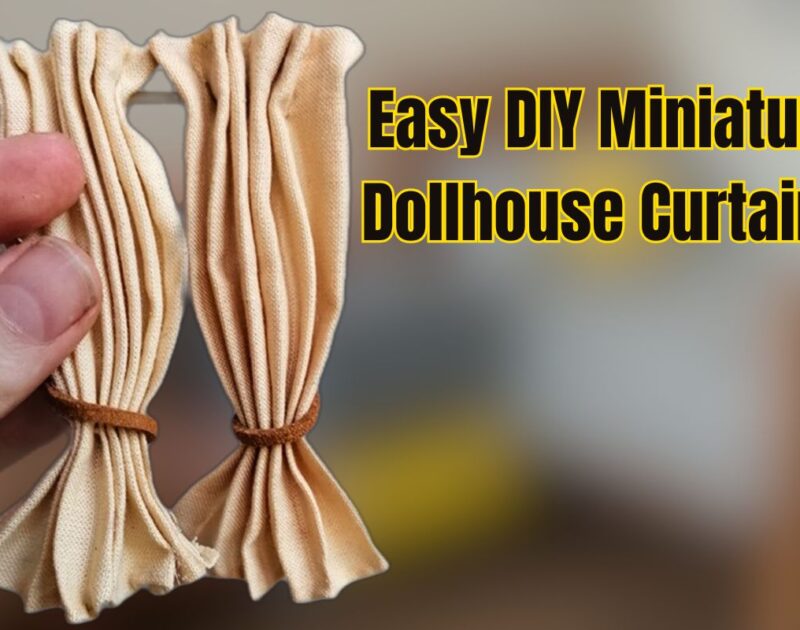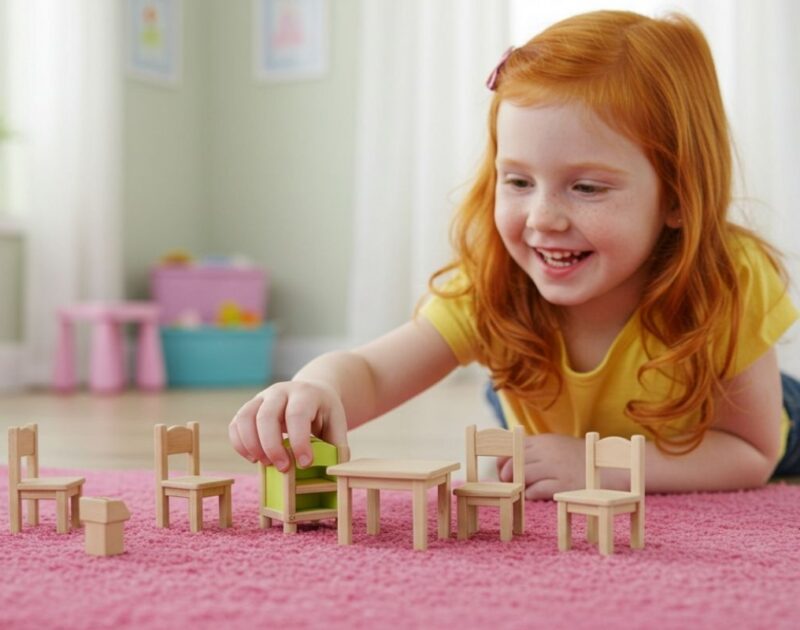When starting your miniature journey, one of the first and most important decisions you’ll face is choosing the right scale. The two most popular options are 1:12 and 1:24. But how do you know which one is right for you?
In this article, we’ll explore the differences between these two scales and help you decide based on your goals, experience, and available space.
What Do These Scales Mean?
The numbers 1:12 and 1:24 represent the ratio between the miniature and the real-life object.
- 1:12 scale means that 1 unit in the model equals 12 units in real life. For example, a 6 cm miniature chair would represent a 72 cm real chair.
- 1:24 scale is half the size. That same chair would only be 3 cm tall at this scale.
While the difference may seem small, it has a huge impact on your entire project — from building to decorating to display.
The Advantages of 1:12 Scale
The 1:12 scale is the most commonly used and is often considered the standard in dollhouse miniatures. It is ideal for:
- Beginners: The larger size makes it easier to craft, paint, and assemble pieces without requiring extremely precise tools or techniques.
- Detail lovers: At this scale, you can add realistic features — working drawers, fabric textures, wood grains — that really bring a miniature scene to life.
- Availability: Since it’s so popular, you’ll find a wide variety of accessories, furniture, kits, and tutorials made specifically for 1:12.
However, one downside is space. A full 1:12 scale dollhouse can be quite large, especially if it has multiple rooms or stories.
The Benefits of 1:24 Scale
If you’re short on space or want a more compact project, 1:24 might be your best option. This scale offers:
- Compactness: Ideal for small rooms, shelves, or travel-friendly projects like suitcase scenes.
- Challenge: Smaller pieces mean more precision, which can be rewarding for experienced miniature makers.
- Uniqueness: Since it’s less common than 1:12, your 1:24 project may stand out more and spark curiosity.
However, creating fine details at this scale can be difficult. Some accessories may be too tiny to work with comfortably, especially for beginners.
Which Scale Should You Choose?
Ask yourself the following questions:
- Are you new to miniatures? → Start with 1:12 for easier handling.
- Do you have limited space? → Choose 1:24 to keep things small and manageable.
- Do you want more available resources and tutorials? → 1:12 is better supported.
- Do you enjoy small, intricate work? → Try 1:24 for a rewarding challenge. Final Thoughts
There is no wrong choice — it all depends on your preferences and project goals. Many miniature artists work in both scales depending on what they want to create. You might even start in 1:12 and later explore 1:24 as your skills grow.
Whichever scale you choose, the key is to enjoy the process and let your creativity guide you. After all, the miniature world is all about bringing big ideas into small spaces!




